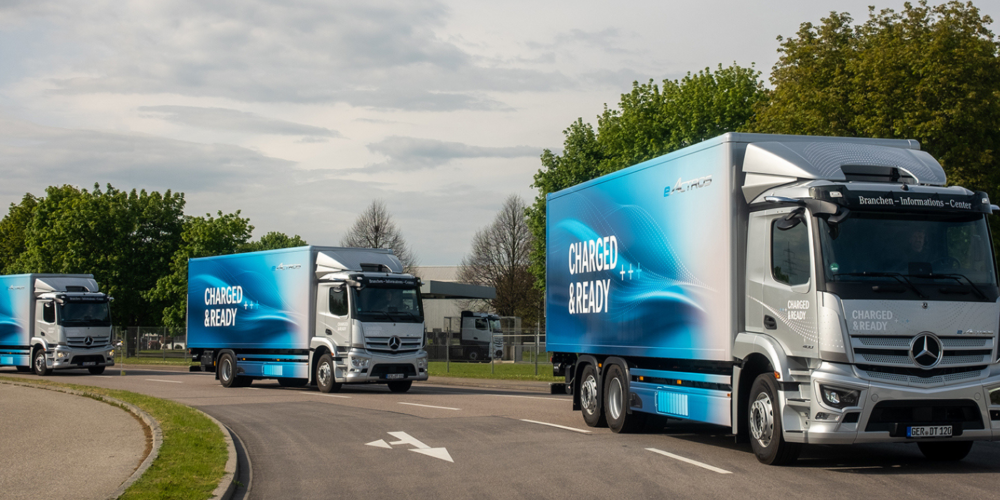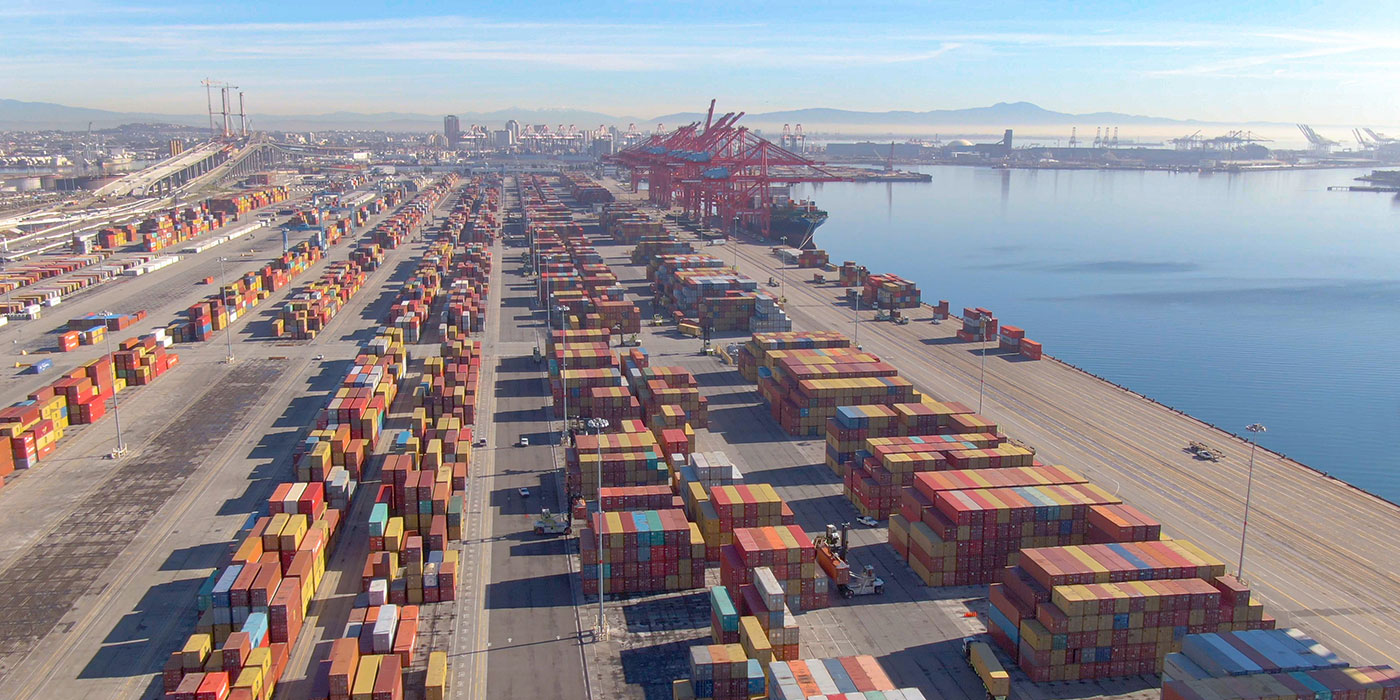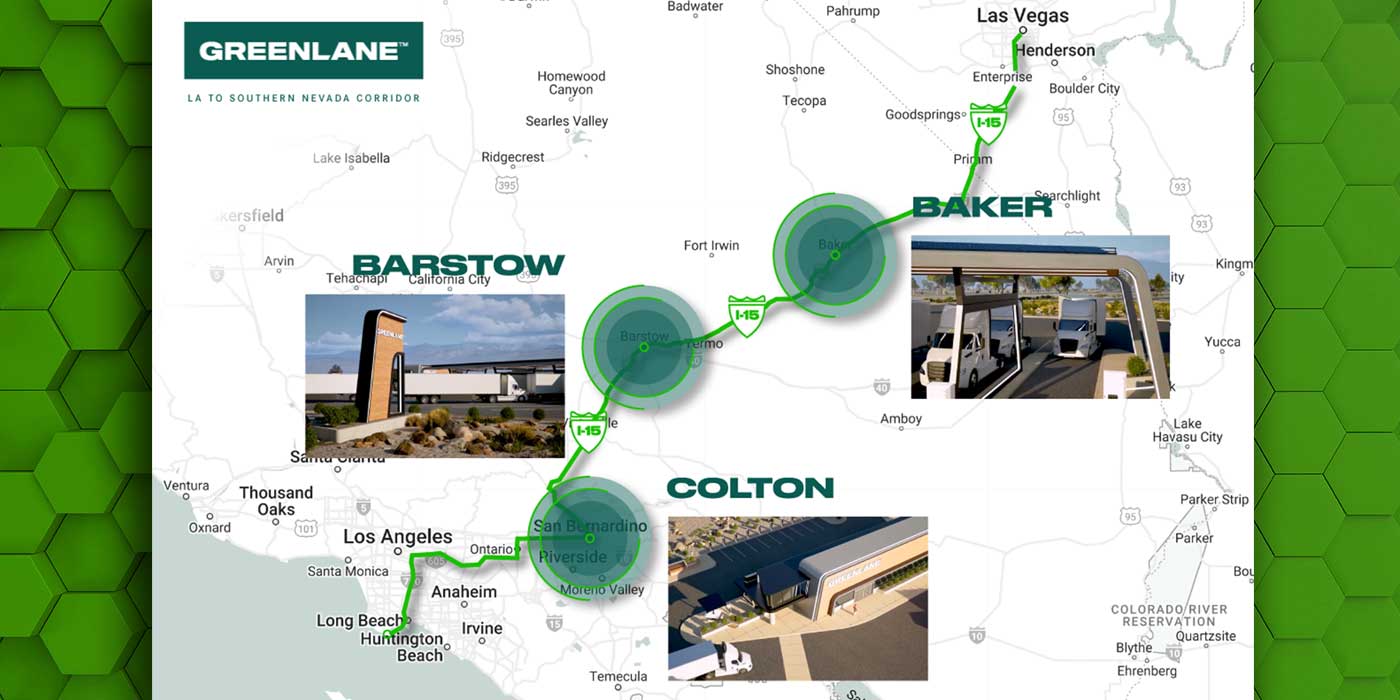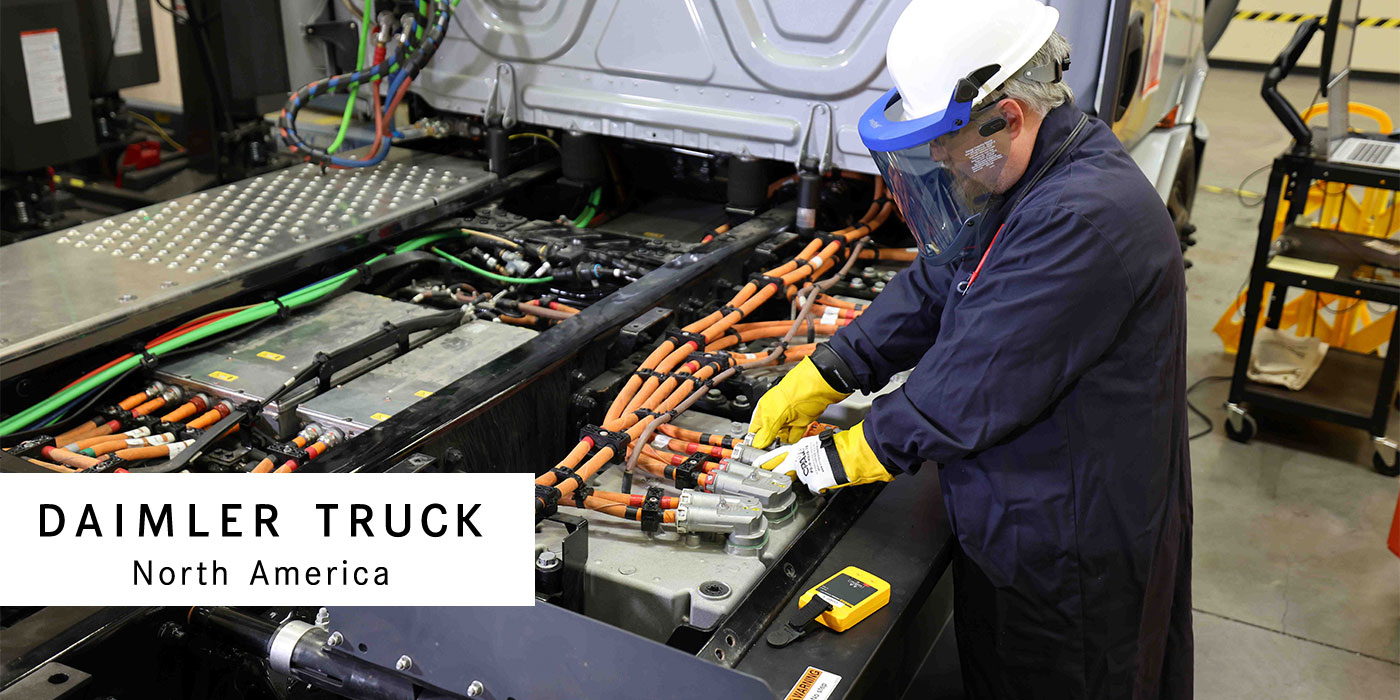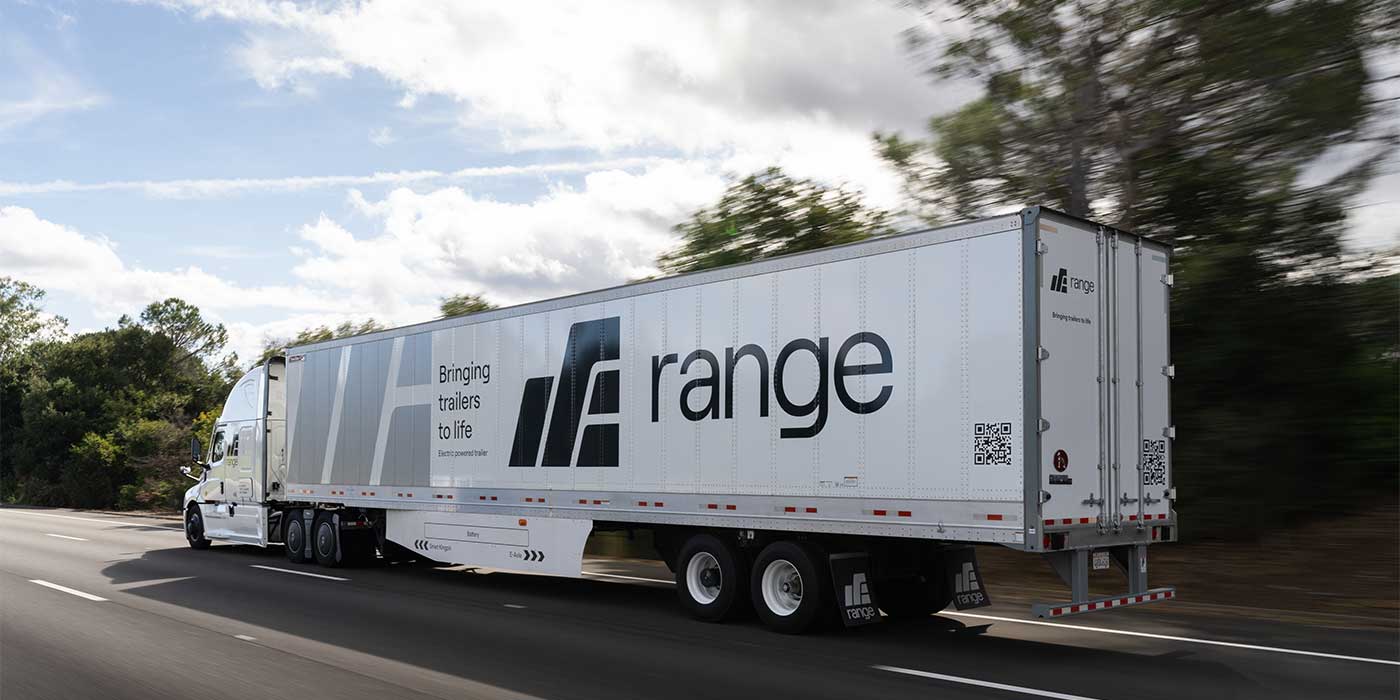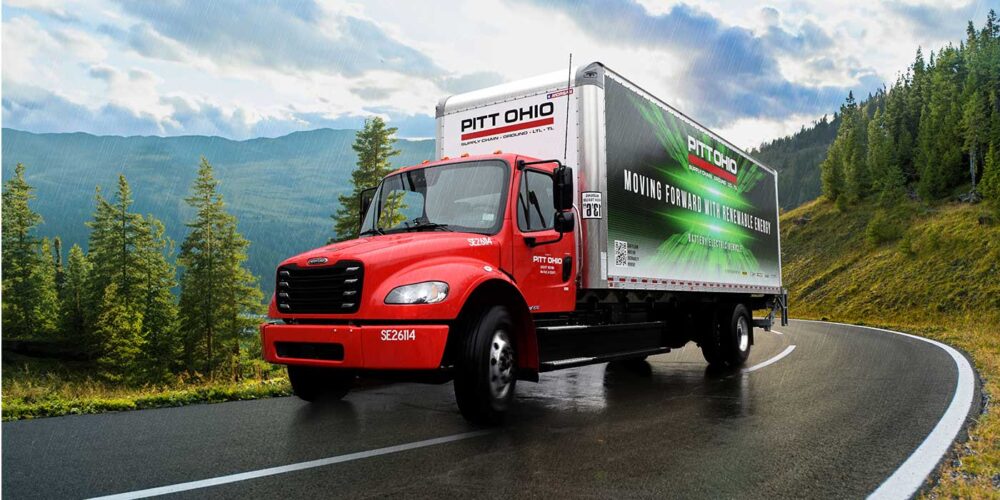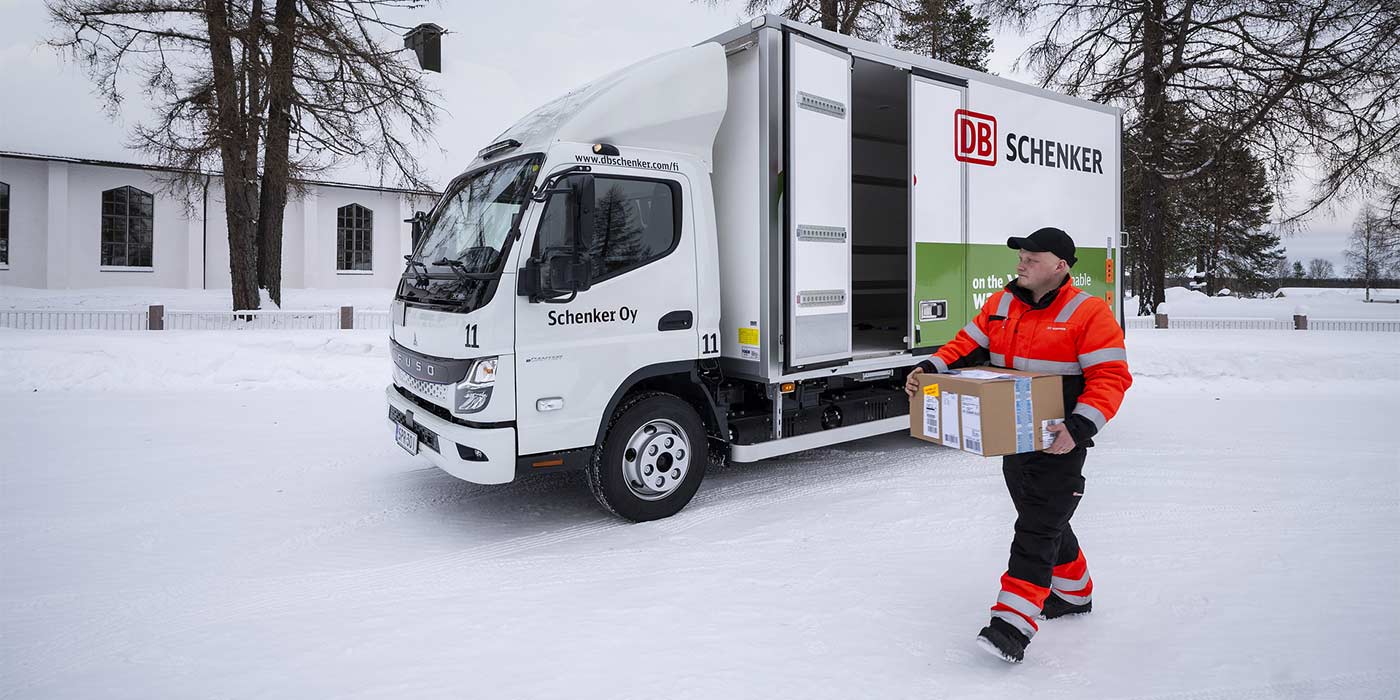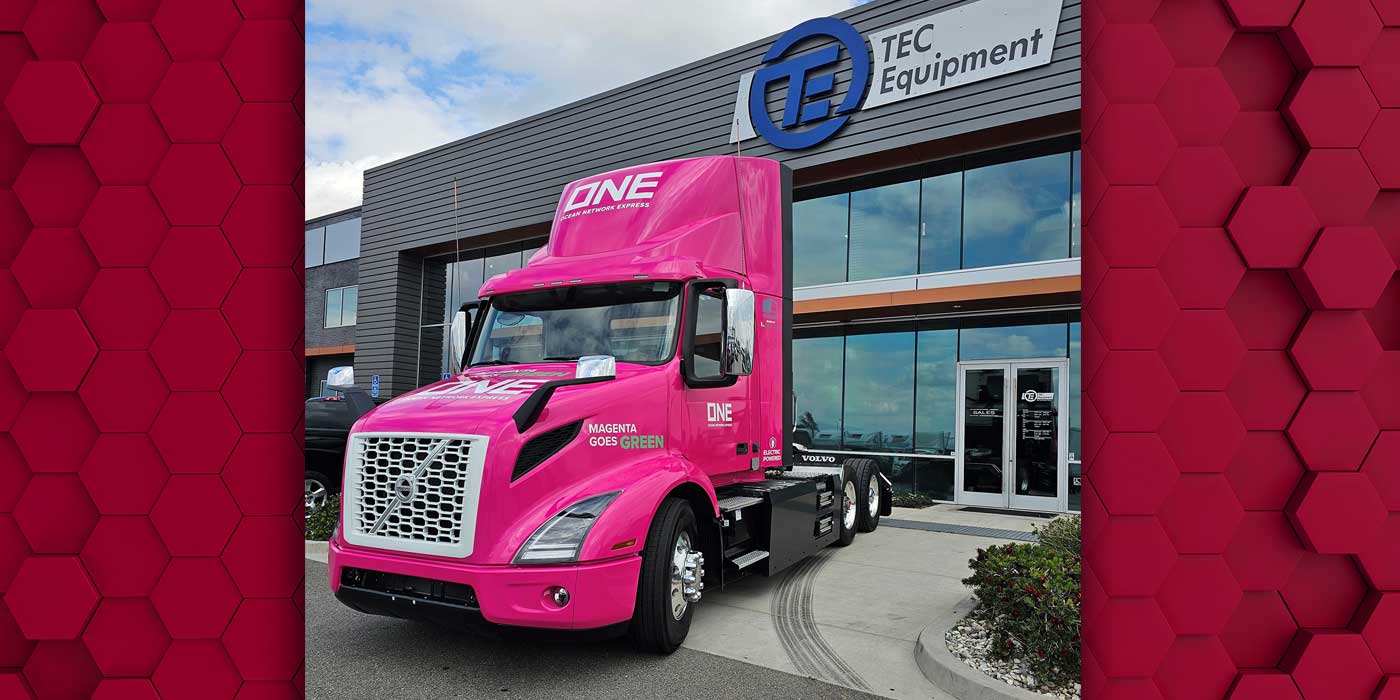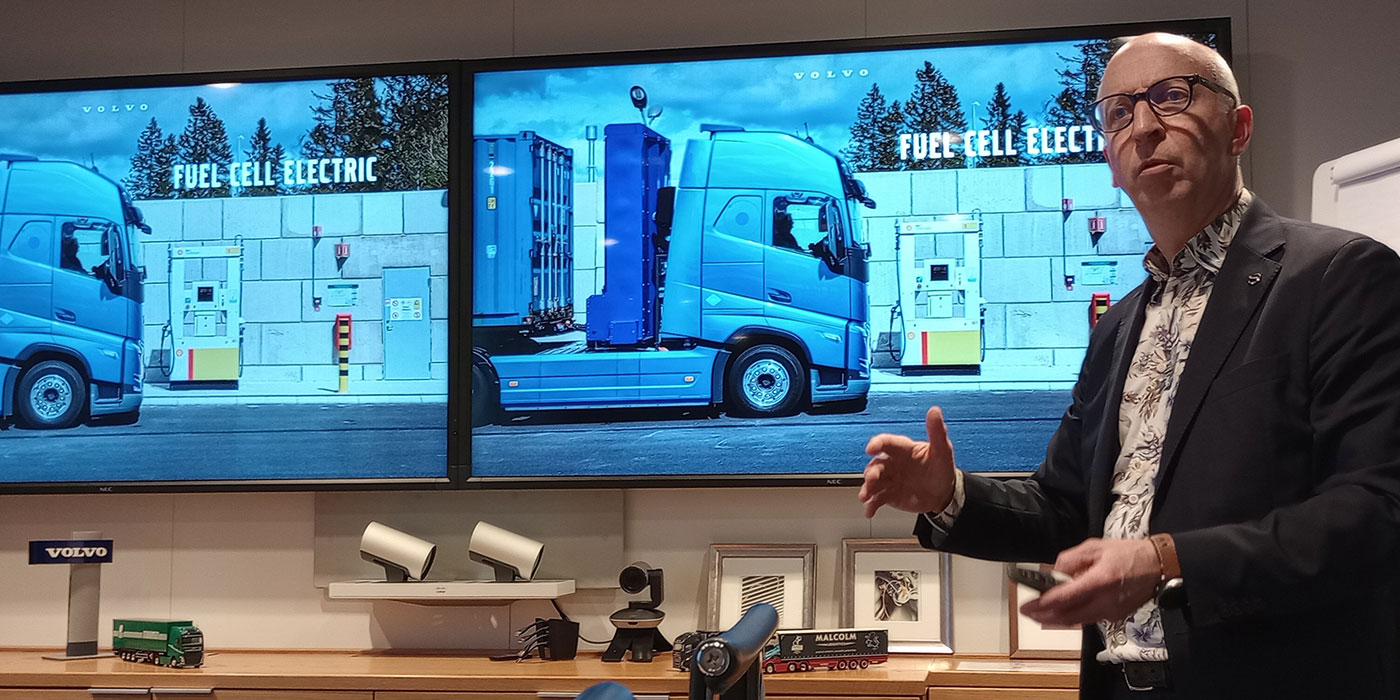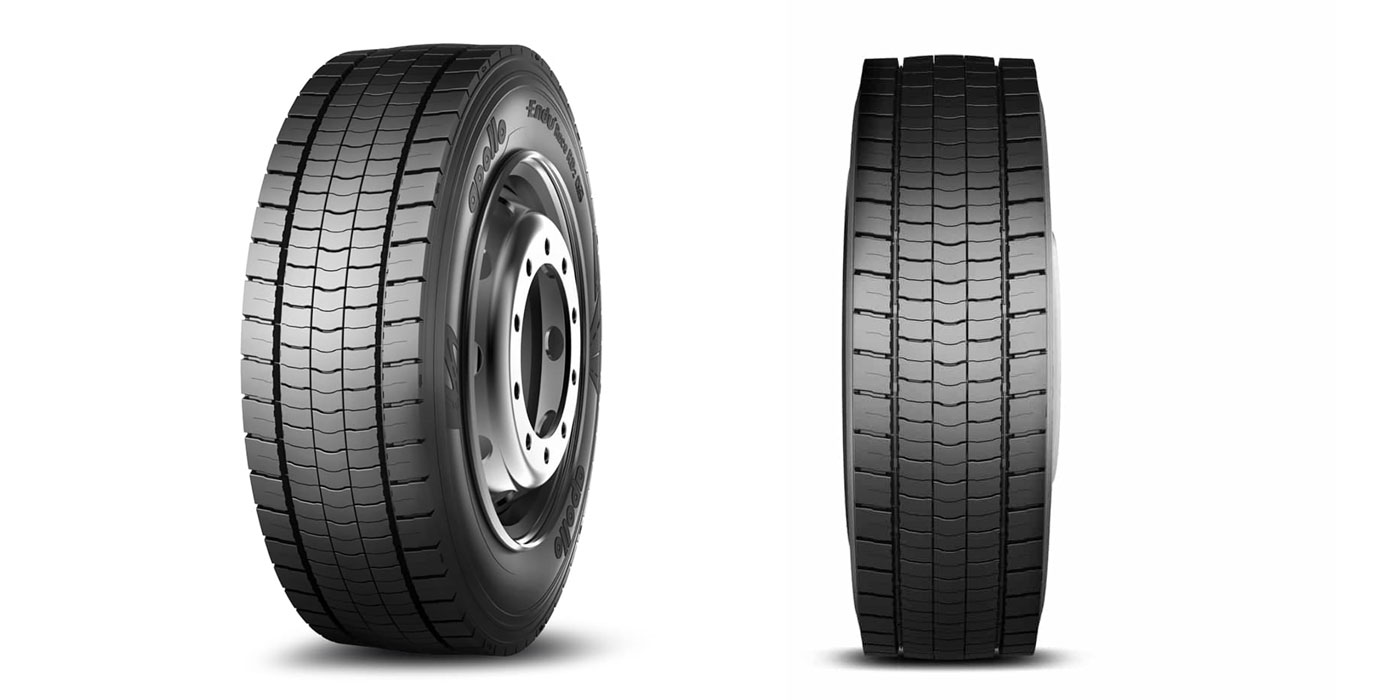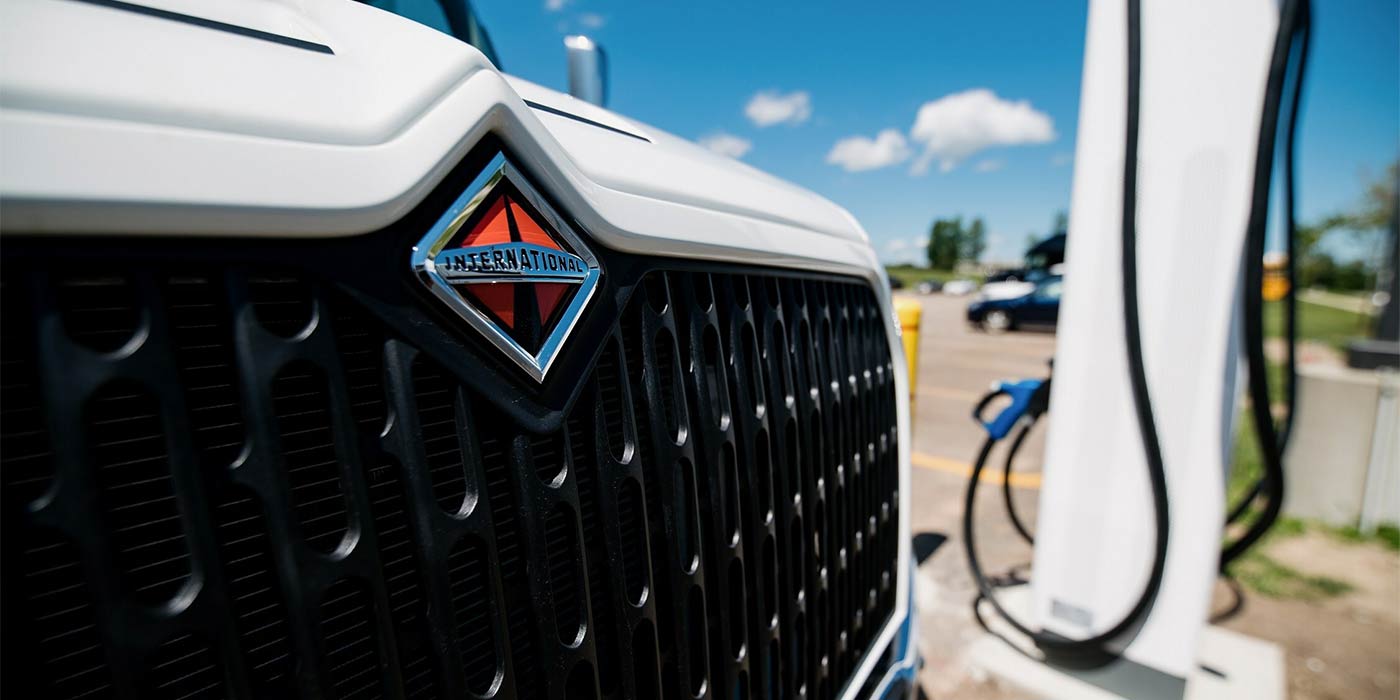Mercedes-Benz Trucks recently kicked off its eActros sales tour through five European countries. The route of the three electric trucks for distribution haulage will initially run from the Mercedes-Benz Wörth plant via Austria to Italy. the company notes. After a subsequent loop through Germany, the eActros plans to continue on to the Netherlands and Belgium. According to Mercedes-Benz, several stopovers will be made on the route in order to present the vehicles and services to customers in detail.
E-mobility experts from Mercedes-Benz Trucks who will be on the road with the eActros will discuss market-specific issues relating to e-mobility directly with fleet operators and will provide customers with comprehensive consulting. All in all, the three eActros trucks will cover around 3,700 kilometers (2,300 miles) in purely battery-electric mode over a period of five weeks. They will be charged at public charging stations, and at Daimler Truck branch depots.
Two eActros 300 (4×2) and one eActros 400 (6×2) will be used for the roadshow, and the company notes that the battery-electric Mercedes-Benz eActros for heavy-duty distribution haulage has been rolling off the production line at the Wörth plant since 2021. Fitted with four battery packs, the eActros 400 has a range of up to 400 kilometers, according to the company, and the technological heart of the electric truck is its drive unit, which consists of a rigid electric axle with two integrated electric motors and a two-speed transmission. The two liquid-cooled motors are said deliver a continuous output of 330 kW and a peak output of 400 kW. In addition, Mercedes-Benz says electrical energy can be recovered by means of recuperation when driving with foresight—the energy recovered by braking is fed back into the eActros’ batteries and is then again available for powering the vehicle.

